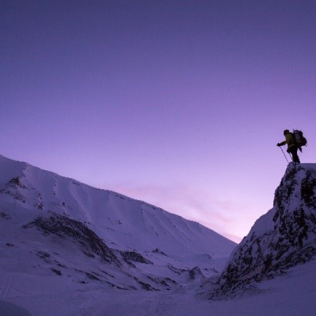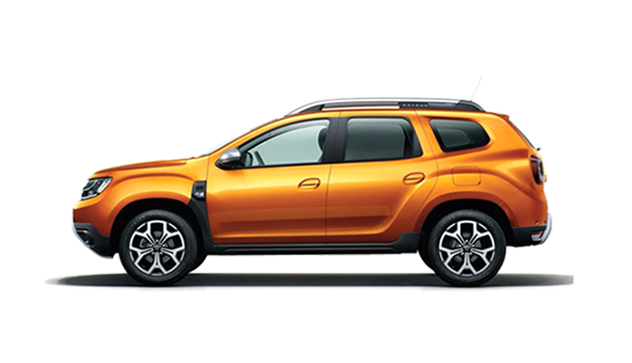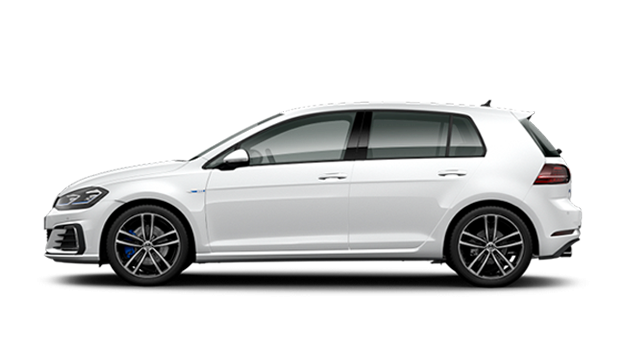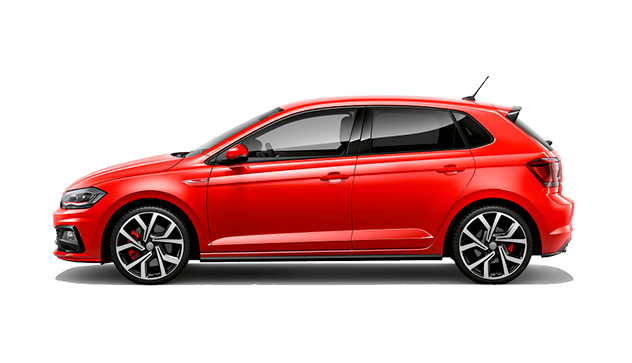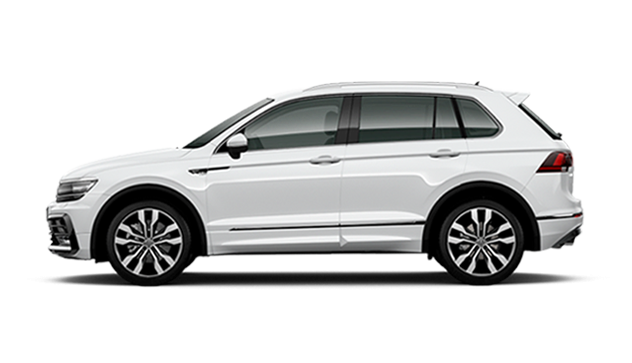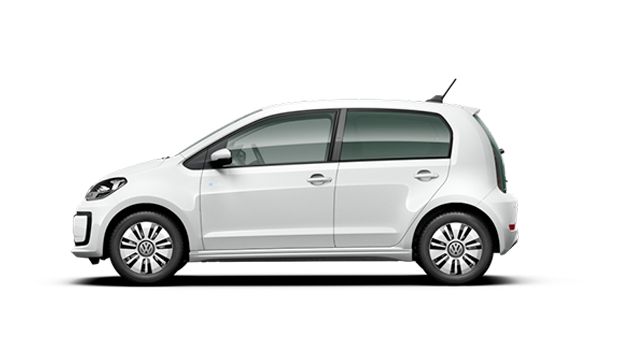Iceland is a wonderland for hikers, offering a diverse range of terrains and breathtaking landscapes. However, the country’s unpredictable weather and unique environment can present hazards, even for the most experienced hikers. To ensure a safe and enjoyable hiking experience in Iceland, follow these essential tips and guidelines.
Understanding Iceland’s Weather
Iceland’s weather is notoriously unpredictable, changing rapidly and often without warning. It’s essential to be prepared for a variety of conditions. The weather varies significantly between the summer and winter months, each presenting unique challenges and opportunities for hikers.
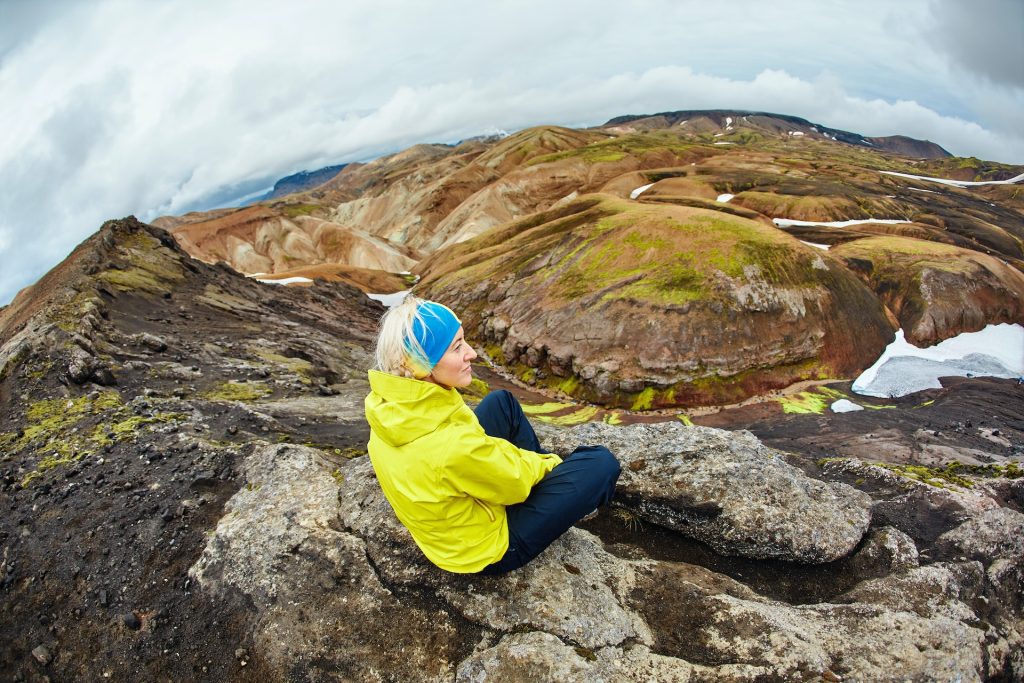
Summer Months in Iceland (June – August)
The summer months in Iceland, from June to August, offer the most favorable conditions for hiking. Daylight is abundant, with the phenomenon of the Midnight Sun providing nearly 24 hours of daylight around the summer solstice. Temperatures are mild, typically ranging from 10°C to 15°C (50°F to 59°F), but can occasionally reach up to 20°C (68°F).
During summer, trails are generally more accessible, and many of the highland routes, which are closed during the winter, open up. However, the weather can still be unpredictable, with sudden rain showers and strong winds. The terrain can be muddy from melting snow and frequent rain, so proper footwear is essential.
Winter Months in Iceland (Nov-March)
Winter in Iceland, from November to March, is a stark contrast to the summer. Daylight hours are limited, with the shortest day of the year, the winter solstice, offering only about four hours of daylight. Temperatures are cold, often ranging from -1°C to 4°C (30°F to 39°F) but can drop lower, especially inland and at higher elevations.
Hiking in winter requires more preparation and caution. Trails can be covered in snow and ice, making them difficult to navigate. The weather is harsher, with frequent snowstorms, high winds, and freezing rain. It’s crucial to have the right gear, including crampons or microspikes, and to check weather and trail conditions frequently. Winter hiking also offers unique experiences, such as the chance to see the Northern Lights, which can be a magical addition to your adventure.
Key Weather Considerations
- Cold Temperatures: Even during summer, temperatures can be chilly, especially in higher elevations and northern regions. It’s not uncommon to experience temperatures close to freezing at night, even in July.
- Quick Weather Changes: Iceland’s Weather can change suddenly, going from sunny to stormy within minutes. Always check the weather forecast from reliable sources such as the Icelandic Met Office before heading out, and be prepared for unexpected conditions.
- Wind: Strong winds are common and can make hiking more challenging and dangerous, especially on exposed trails and ridgelines. Ensure your clothing and gear can withstand high winds, and avoid hiking during severe wind warnings.
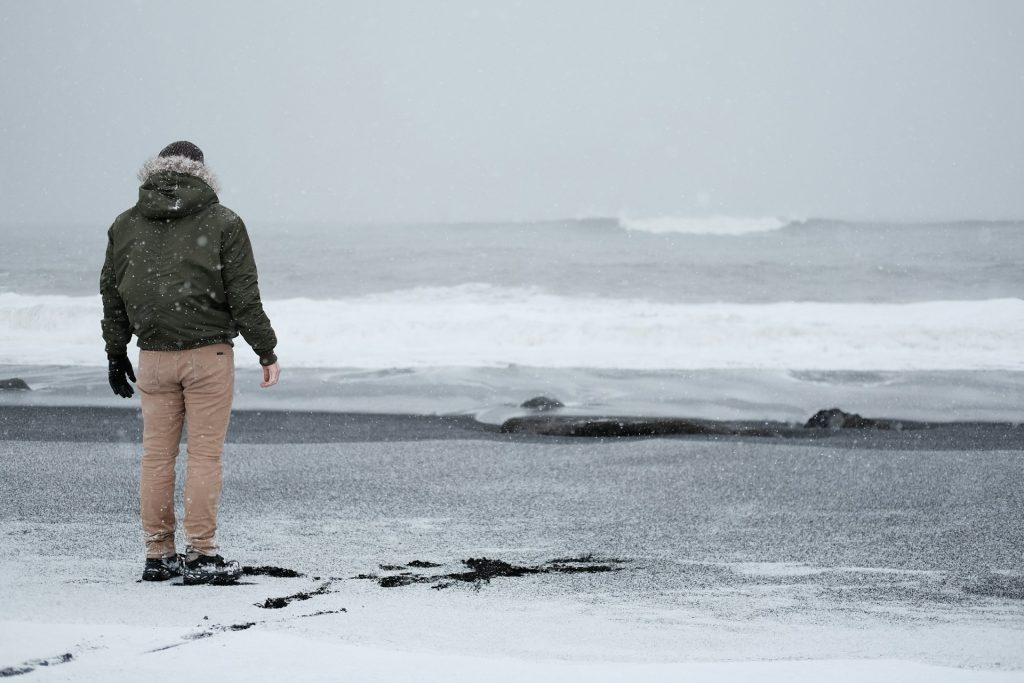
Essential Hiking Gear
Proper gear is crucial for staying safe and comfortable while hiking in Iceland.
Clothing
- Warm and Waterproof Clothing: Layering is key. Wear moisture-wicking base layers to keep sweat off your skin, insulating middle layers like fleece or down to retain body heat, and a waterproof outer layer to protect against rain and wind.
- Sturdy Footwear: Wear waterproof hiking boots with good ankle support and traction. The rocky and often muddy trails can be treacherous, and proper footwear will help prevent slips and injuries.
- Accessories: Bring hats, gloves, and scarves to protect against the cold and wind. A buff or neck gaiter can be versatile for covering your neck and face.
Equipment
- Map and GPS: Always carry a physical map and a GPS device or smartphone with offline maps. Iceland’s terrain can be disorienting, especially in snowy or foggy conditions. Knowing your location and planned route is critical for safety.
- Water and Snacks: Stay hydrated and energized with plenty of water and high-energy snacks like nuts, dried fruit, and energy bars. The exertion of hiking, especially in cold weather, increases your body’s need for calories and hydration.
- First Aid Kit: Carry a basic first aid kit that includes bandages, antiseptic wipes, pain relievers, and any personal medications. Knowing basic first aid skills can be invaluable in an emergency.
- Whistle for Children: If hiking with children, give them a whistle to wear around their neck. It can be a lifesaver if they get separated from the group, allowing them to signal their location.
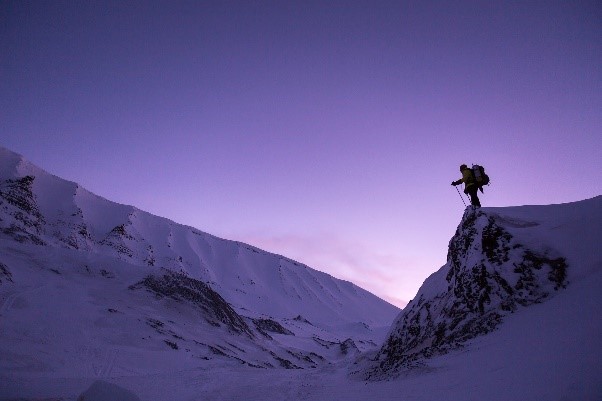
Safety Tips for Hiking in Iceland
Being aware of potential hazards and knowing how to handle them is vital for a safe hiking experience.
Navigating the Terrain
- Slippery Surfaces: Iceland’s rocky terrain can be slippery when icy or wet. Exercise caution near streams, waterfalls, and coastal areas. Use trekking poles for added stability on uneven and slippery surfaces.
- Snow-Covered Trails: Snow can obscure trails and landmarks, making navigation difficult. Look back frequently to familiarize yourself with your return route, as it may look different on the way back. In winter, consider using crampons or microspikes for better traction on ice.
Wildlife and Plants
- Safe Interaction with Nature: Iceland has no dangerous animals like bears or wolves, but some plants can be harmful if ingested or touched. The Arctic fox is the only native land mammal, and while they are generally shy, it’s best to observe wildlife from a distance.
- Avoid Giant Hogweed: This plant can cause severe skin blistering when exposed to sunlight after contact. It’s found in some areas of Iceland, so it’s important to avoid touching any unfamiliar plants and teach children not to eat or touch wild plants.
Hiking with Children and Teenagers
- Safety Measures for Young Children: Young children require constant supervision. Equip them with a whistle and keep them close. Choose shorter, easier trails that match their physical abilities and interest levels.
- Awareness for Teenagers: Teenagers may be more likely to take risks. Educate them about potential hazards, including unstable terrain and weather changes, and supervise their activities closely. Encourage them to stay within sight and communicate regularly.
- Related reading: Iceland With Kids: Things To Do and Where To Go
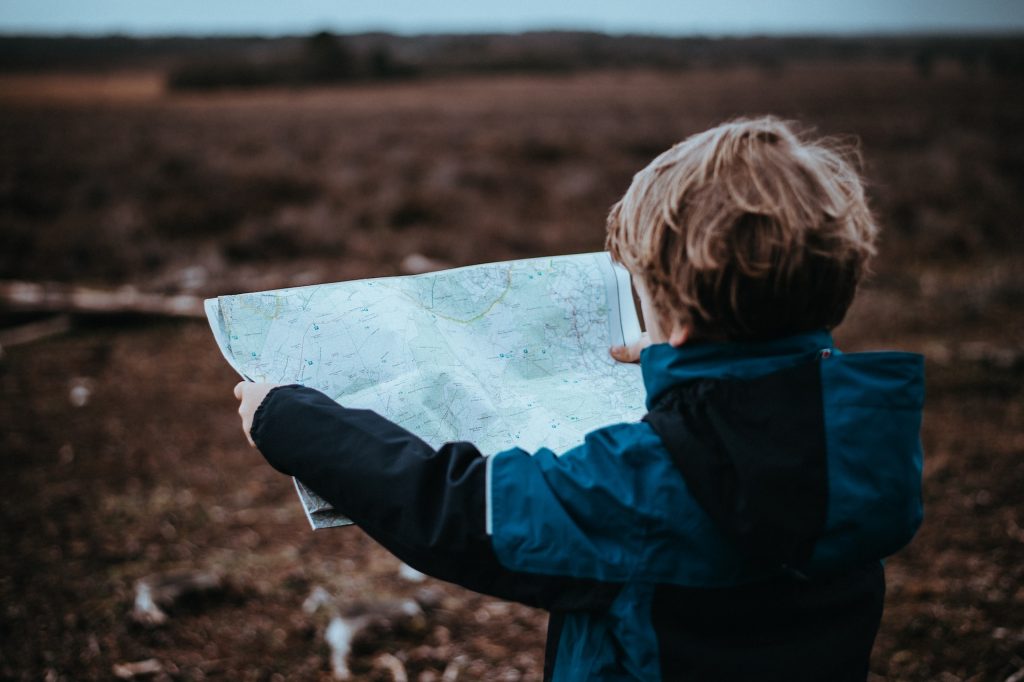
What Rental Car to Get with Firefly
Choosing the right rental car is crucial for accessing Iceland’s diverse hiking trails and navigating its unique road conditions. Firefly Iceland Car Rental offers a range of affordable options to suit your needs.
Factors to Consider
- Road Conditions: Many hiking areas are accessed via gravel roads. A 4×4 vehicle is recommended for these routes.
- Group Size: Consider the number of people and amount of gear you’ll be carrying. Larger groups may need a van or SUV, while couples or solo travelers might prefer a compact car.
- Season: In winter, opt for a vehicle with good traction and winter tires. Firefly offers vehicles equipped for winter driving, ensuring you can safely reach trailheads even in snowy conditions.
Recommended Vehicles
- 4×4 SUVs: Ideal for accessing remote trails and driving on F-roads. These vehicles provide higher ground clearance and better traction.
- Compact Cars: Suitable for summer travel on paved roads and shorter trips. They are fuel-efficient and easy to park.
- Vans: Perfect for larger groups or families with a lot of gear. Vans offer ample space and comfort for longer drives.
Additional Services
Firefly Iceland Car Rental also provides optional services such as GPS rental, child seats, and insurance packages. These can enhance your safety and convenience during your trip.
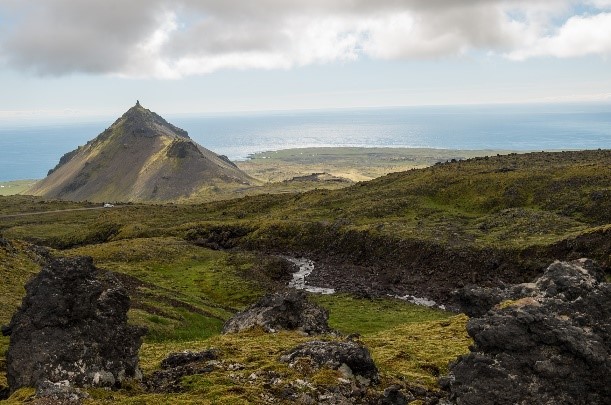
Making the Most of Your Icelandic Adventure
Iceland offers unparalleled natural beauty. By taking these precautions, you can ensure a safe and memorable hiking experience.
Final Tips
- Plan Ahead: Research your hiking route, check the weather forecast, and inform someone of your plans. Use local resources and advice from park rangers or visitor centers.
- Stay on Marked Trails: Avoid venturing off marked trails to minimize the risk of getting lost or encountering unexpected hazards. Respect signage and barriers, which are there for your safety.
- Respect Nature: Preserve Iceland’s pristine environment by following Leave No Trace principles. Pack out all trash, stay on designated trails, and respect wildlife and plant life.
Enjoy your journey through Iceland’s stunning landscapes, and take all necessary precautions to make the most of your adventure. Stay safe and revel in the beauty that Iceland has to offer.
